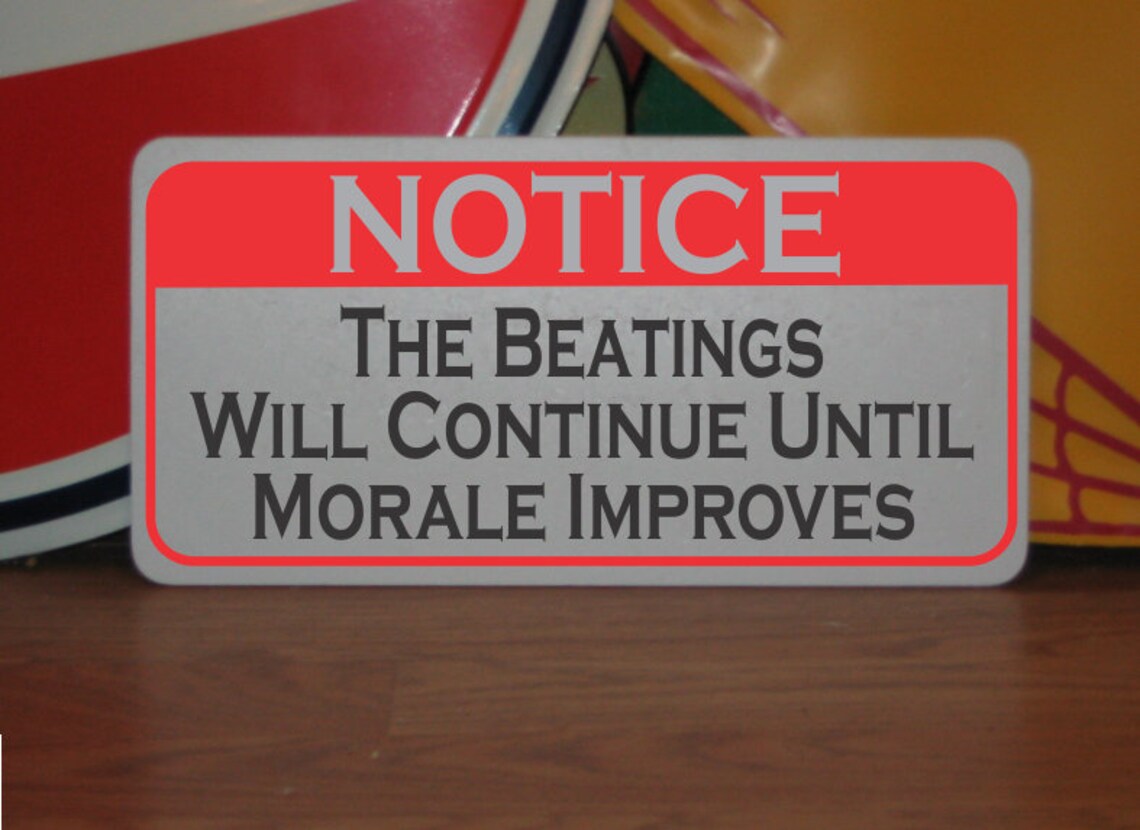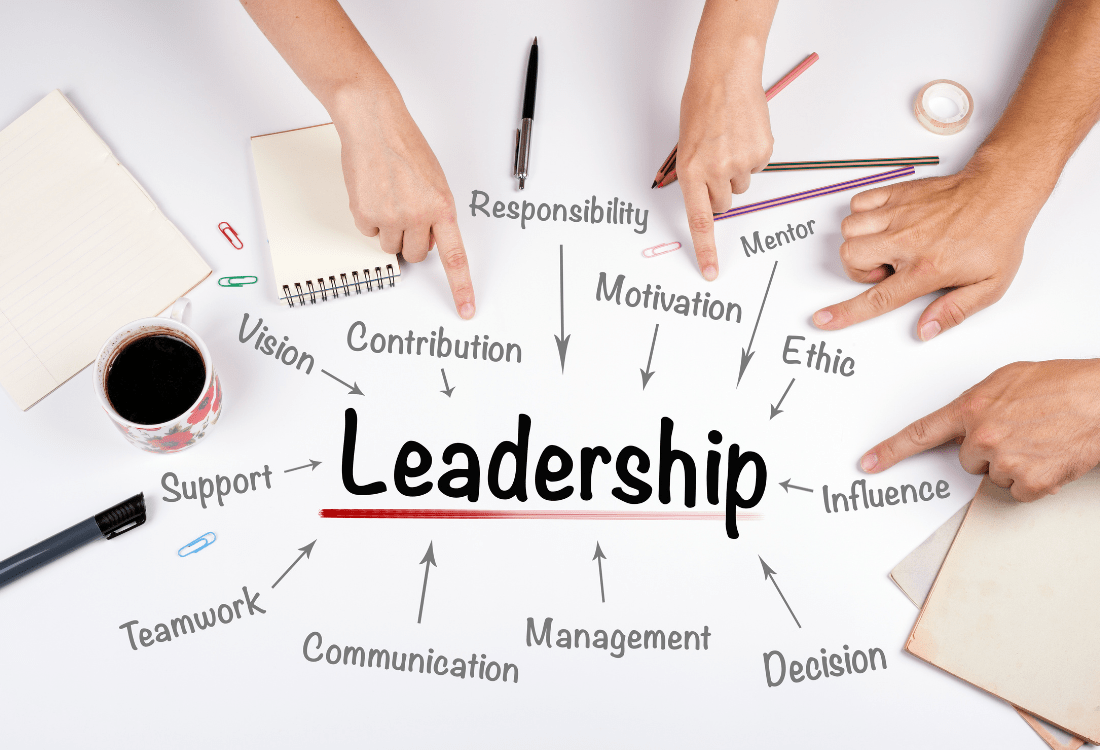Share this
Previous story
← How do you measure team performance?Think about the best team you have ever been part of. Chances are, people laughed together, shared ideas freely, and were not afraid to admit mistakes.
That is no coincidence
Enjoyment and psychological safety are two sides of the same coin. In fact, they build on each other to create a feedback loop. The safer people feel, the more they can find enjoyment in contributing more fully to the work of the team.
Psychological safety, a term popularised by Carl Rogers (1954) and Amy Edmondson (1999), means feeling safe to take interpersonal risks — to speak up, ask questions, or try something new without fear of embarrassment or punishment. When leaders create this kind of environment through openness, inclusion, and honesty, they unlock creativity and learning. Google’s landmark Project Aristotle study confirmed that psychological safety was the number one factor distinguishing high-performing teams (Rozovsky, 2015).
And here’s where fun comes in. In a psychologically safe team, humour, play, and light-heartedness naturally emerge. People feel comfortable joking, experimenting, or brainstorming wildly because they trust one another. As Edmondson puts it, fear and learning cannot coexist — and the same is true for fear and fun.
Interestingly, the relationship runs both ways. Enjoyment doesn’t just result from safety; it builds it. Neuroscience shows that shared laughter releases oxytocin — the “bonding hormone” — which strengthens trust and social connection (Dunbar et al., 2012). In the workplace, this translates into tighter teams that communicate better and recover faster from stress. Studies by Robert and Wilbanks (2012) and Georganta and Montgomery (2022) found that humour and workplace fun increase trust and feelings of freedom — the very foundations of psychological safety.
So, what can leaders do?
Start small: celebrate wins, share a joke, encourage playfulness in problem-solving. Show vulnerability — admit a mistake or laugh at yourself. These moments of humanity create the conditions for both safety and joy to flourish.
Moreover, the absence of fun is often a red flag: a team that never laughs may also be one that never learns. In this sense, fun is a vital sign- indicative of a healthy and safe team culture.
References
These Related Stories



No Comments Yet
Let us know what you think